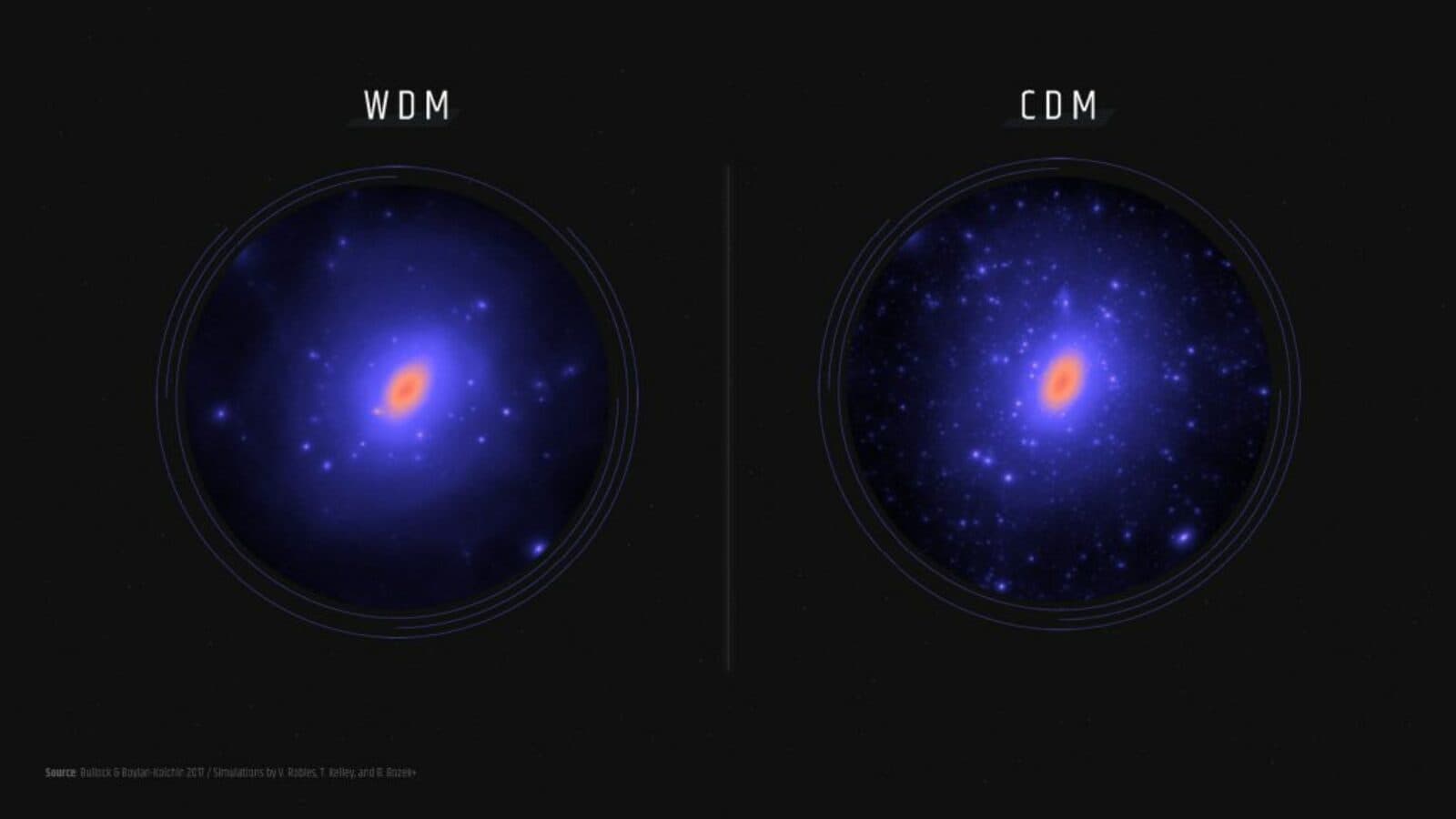All Roads Lead to . . . Dark Matter?
by Adam Hadhazy
The evidence for dark matter is as overwhelming as the direct searches for its constituent particles have been underwhelming—so far

The Author
The Researcher
The term "dark matter" could certainly come to be seen by future, more enlightened (excuse the pun) generations as pseudoscientific folly, akin to the aether, geocentrism, and the four humors of the body. But for now at least, the case for its existence is pretty hard to dispute. Multiple lines of evidence continue to prop dark matter up as an extremely compelling explanation for a host of observations. Those lines include the shape, behavior, and distribution of galaxies, as well as subtler effects like how galaxies' mass bends light from background objects. The evidence is right there in the oldest light in the universe, coming to us from more than 13 eons ago, and in our own galactic backyard, as it were, where tiny galaxies flit about like so many insects on a sweltering summer day. It's all the more frustrating, therefore, that all direct searches for dark matter particle to date have come up empty. It could be that the constituent particles merely remain outside if where we’ve looked so far, or even can look, though there's an awful lot of theory suggesting that dark matter should be eminently findable. In this compelling quest, members at Kavli Institutes are conducting the physical, experimental hunts as well as the mental, theoretical hunts for dark matter. We wish them the best of luck in finding the missing majority of the universe's matter!
Dwarf galaxy count offer new insights on dark matter
The most complete census of the 50-plus dwarf galaxies orbiting our home galaxy, the Milky Way, was released by the Dark Energy Survey. The survey collected observational data over five years from a telescope in Chile. The number of dwarf galaxies places constraints on the nature of dark matter, a mysterious substance that vastly outnumber normal matter and whose presence we infer from its gravitational effects—for instance, in how dark matter helps build up dwarf galaxies. The findings help narrow the dark matter search, showing its constituent particles must be heavier than a trillionth of a trillionth of the mass of an electron, while its interactions with matter—if any beyond gravity—must be extremely feeble, at least 1,000 times less than the so-called weak nuclear force, one of nature's four fundamental forces. Members of the Kavli Institute for Cosmological Physics (KICP) at the University of Chicago are part of the DES collaboration.
Neither lava nor glass explains the shininess of hot super-Earths
In the exoplanet bestiary, among the strangest are hot super-Earths—big cousins to our rocky world in scorching close orbits around their suns. The high brightness of some of these worlds that exceeds our own has led astronomers to predict that molten lava oceans or perhaps glass (cooled lava) covers their surfaces. Experiments conducted in part by members of the Massachusetts Institute of Technology's Kavli Institute for Astrophysics and Space Research (MKI) have, however, indicated that neither material is actually reflective enough to explain the brightness. Perhaps exotic features such as lustrous clouds or metal-suffused atmospheres could be the culprit.
Searching for clues to it all in primordial light
Ari Cukierman, a postdoctoral fellow at the Kavli Institute for Particle Astrophysics and Cosmology (KIPAC) at Stanford University, explains in a research highlight how scientists are parsing the oldest light in the universe, the so-called cosmic microwave background, for clues about the nature of dark matter. The mysterious substance is thought to act like a gravitational scaffolding for galaxies and outnumber "normal" matter at least five times over. Patterns in the cosmic microwave background offer clues about the particles comprising dark matter—patterns that increasingly sensitive instruments should be able to reveal in the years ahead.
Keeping up with the universe while working in isolation at home
The COVID-19 pandemic has disrupted life worldwide, with science of course being no exception. For some researchers listening out for gravitational waves with LIGO, work life has had to transition to mostly remote data analysis, instead of being on-site at the twin LIGO detectors in Louisiana and Washington state (the detectors are remaining offline for the time being), and a lot of solo time, instead of collaborative, in-person time in offices and labs. But the science still goes on for MKI researchers and others involved in LIGO, as a recent story from MIT conveyed.
Rare "double quasars" documented
Researchers at the Kavli Institute for the Physic and Mathematics of the Universe (Kavli IPMU) have tracked down new examples of galaxies merging and triggering the formation of two quasars in the process. Quasars are the ultra-bright result when supermassive black holes in galactic cores gorge on matter. In nearly all cases, quasars exist singly as standalone objects. But in rare cases, galaxy mergers—which themselves are common—can send enough material the way of each galaxy's black hole to fire up quasar activity. Identifying more instances of double quasars will help in understanding galactic evolution.